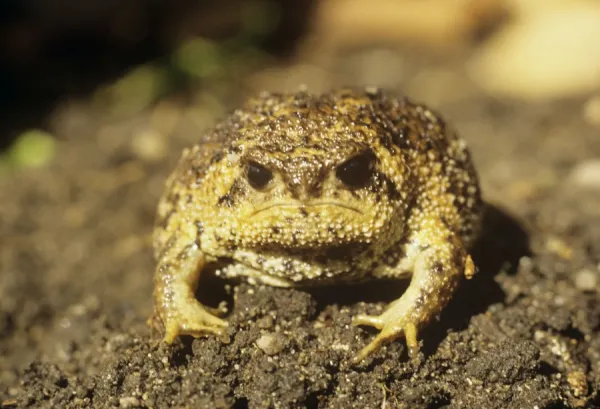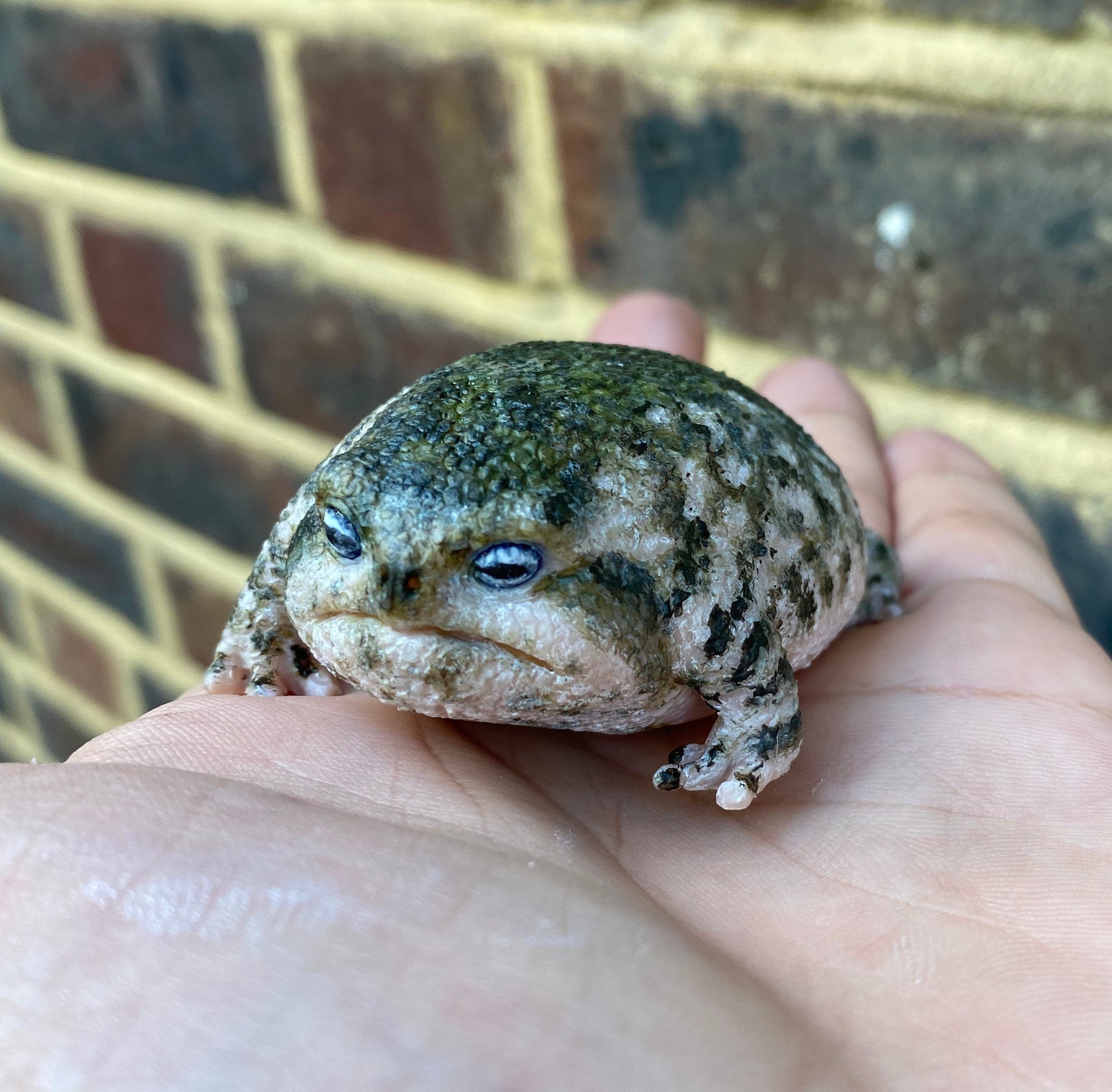Rain Frog for Sale: Boost Your Collection with Rare and Exotic Amphibians!
Rain Frog for Sale: Boost Your Collection with Rare and Exotic Amphibians!
Blog Article
The Most Effective Reptile Enclosures: Just How to Develop the Perfect Environment
Developing the excellent environment for reptiles is not almost positioning them in a container or unit; it involves a thoughtful consideration of numerous elements that add to their general wellness. From the size of the enclosure to the sort of substratum used, every component plays an essential role in providing an environment where your reptile can grow. By recognizing the details requirements of your reptile types and executing the right environment arrangement, you can guarantee their health and wellness and happiness in bondage.
Selecting the Right Room Size
When picking an unit size for reptiles, it is vital to consider their natural actions and area demands to guarantee their health and health and wellness. When it comes to environment space, various reptile types have varying demands. Arboreal species like chameleons or tree serpents need vertical room for climbing and setting down, while terrestrial varieties such as bearded dragons or leopard geckos need even more floor room for checking out and thermoregulation. Aquatic turtles like red-eared sliders require enclosures with both water and acreage for swimming and basking.
A basic rule of thumb is to offer sufficient area for the reptile to show all-natural actions, such as basking, concealing, climbing, and foraging. By thoroughly thinking about the certain demands of the reptile types in inquiry, proprietors can develop an appropriate and enhancing environment that promotes overall health and motivates natural behaviors.
Establishing Correct Home Heating Aspects
To make sure the well-being and health and wellness of reptiles in their units, it is necessary to carefully establish correct burner. Reptiles are ectothermic creatures, meaning they rely upon outside warmth sources to control their body temperature. When establishing up home heating elements in a reptile unit, it is important to take into consideration the particular temperature needs of the types you are taking care of. Different reptiles have differing temperature needs based on their natural environment, so it is vital to study and understand these demands.
One usual and efficient home heating aspect for reptile units is a heat light or ceramic warmth emitter. These heat sources can be utilized to develop a temperature level slope within the room, permitting reptiles to move between warmer and cooler areas as required. Furthermore, under-tank hot pad or heat floor coverings can be used to offer tummy warm, which is especially advantageous for reptiles that need added warmth to help in food digestion.
Monitoring the temperature within the unit using a thermostat is necessary to guarantee that the heating aspects are maintaining the suitable temperature level array for your reptile. Frequently inspect and change the burner as required to create a comfortable and healthy and balanced setting for your flaky buddy.
Choosing Appropriate Lights Fixtures

Giving the Suitable Substrate
Picking the ideal substrate is important for creating a suitable and comfy atmosphere for reptiles in their rooms. Some reptiles, such as desert-dwelling types like bearded dragons, flourish on substrates like calcium sand or reptile carpeting, while others, like round pythons, like coconut husk or aspen bed linen to keep moisture degrees.
Stay clear of substratums that can trigger impaction, check out here such as loose substrates like sand or gravel, especially for reptiles understood to consume their bed linens. Regularly cleansing and replacing the substratum is vital to guarantee a tidy and hygienic setting for your reptile.
Designing for Enrichment and Convenience
Thinking about the substrate's role in offering a structure for all-natural habits and keeping an appropriate setting, improving the reptile room with correct designs is crucial for both enrichment and convenience. When decorating the unit, it is vital to take into consideration the reptile's species-specific demands and behaviors to produce a space that advertises physical and mental wellness. By incorporating a selection of the original source decorations that resemble the reptile's all-natural environment, proprietors can guarantee their pet's convenience and boost their natural reactions, ultimately leading to a happier and much healthier reptile.
Final Thought

Developing the best habitat for reptiles is not simply concerning positioning them in a tank or unit; it entails a thoughtful consideration of different factors that contribute to their overall wellness.Selecting the appropriate substratum is crucial for developing a ideal and comfortable atmosphere for reptiles in their enclosures. Some reptiles, such as desert-dwelling types like bearded dragons, thrive on substratums like calcium sand or reptile rug, while others, like ball pythons, like coconut husk or aspen bed linens to keep moisture levels.
By integrating a range of decors that resemble the reptile's all-natural environment, proprietors can guarantee their family pet's comfort and stimulate their all-natural impulses, inevitably leading to a better and healthier reptile.
In verdict, developing the ideal environment for reptiles includes selecting the appropriate unit size, home heating elements, lighting fixtures, substratum, and designs.
Report this page